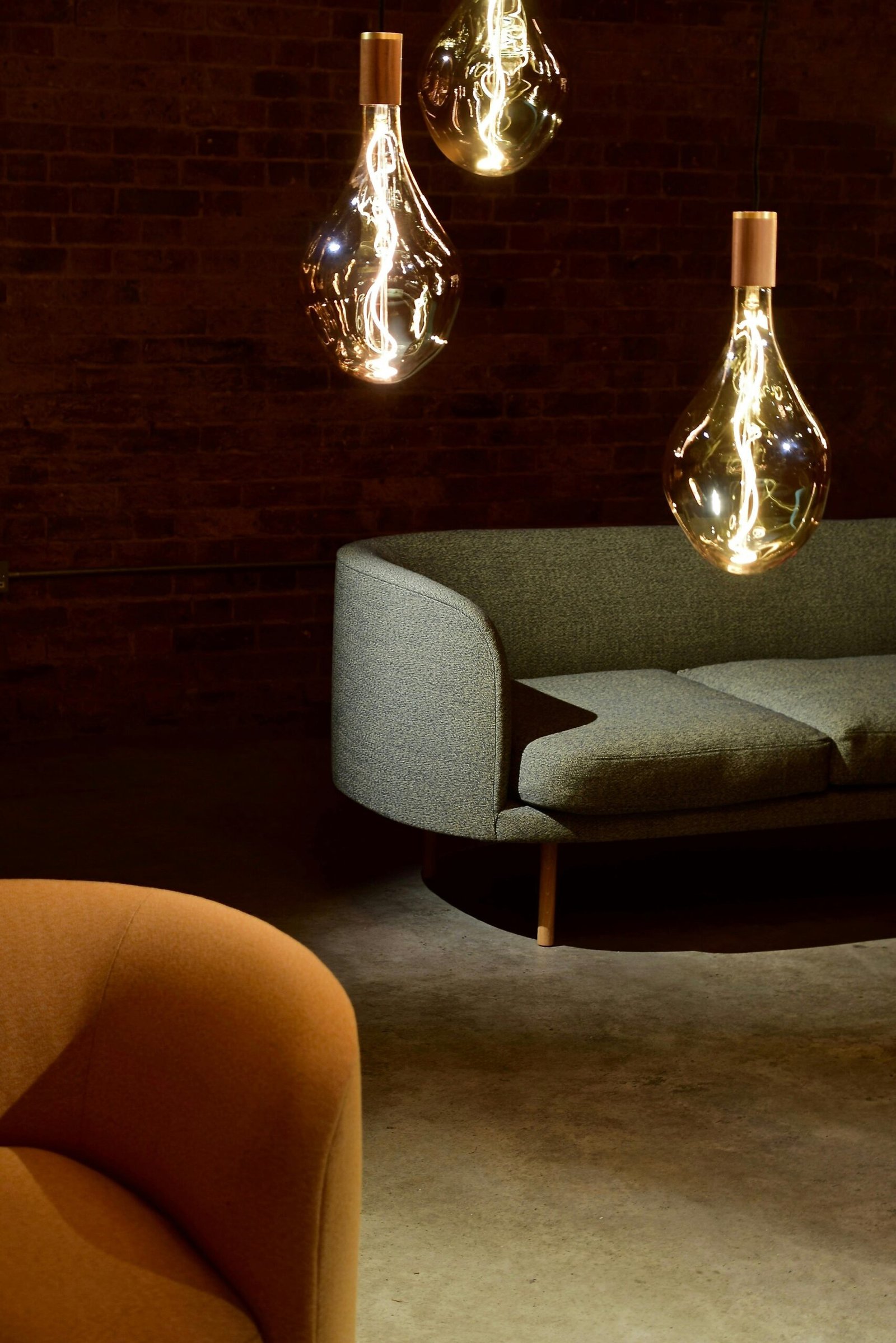Choosing furniture that aligns seamlessly with your home’s style can be both exciting and overwhelming. With so many design options, it’s easy to feel lost. But don’t worry—matching furniture to your home’s aesthetic is all about understanding your space, defining your style, and curating pieces that bring everything together harmoniously.
Whether you’re designing from scratch or refreshing your existing space, this guide will help you choose furniture that complements your home perfectly while reflecting your unique personality.
Why Is Matching Furniture to Your Home’s Style Important?
- Creates Cohesion: A well-matched furniture arrangement ties your space together, making it feel polished and intentional.
- Enhances Functionality: Furniture that suits your style often complements your lifestyle as well.
- Reflects Your Personality: Your furniture choices say a lot about your taste and identity.
- Boosts Comfort and Aesthetics: Balanced furniture enhances your home’s overall ambiance and comfort.
Step 1: Identify Your Home’s Style
Before you start shopping, take a moment to determine your home’s existing style (or the style you want to achieve). Here are some popular options:
1. Modern
- Characteristics: Sleek lines, minimalism, neutral colors, and functional designs.
- Furniture Examples: Glass coffee tables, low-profile sofas, and chrome or metal accents.
2. Contemporary
- Characteristics: Current trends, clean lines, bold colors, and a mix of textures.
- Furniture Examples: Statement chairs, geometric patterns, and modular sofas.
3. Rustic
- Characteristics: Natural materials, earthy tones, and a warm, cozy vibe.
- Furniture Examples: Wooden dining tables, leather armchairs, and distressed finishes.
4. Traditional
- Characteristics: Elegant details, curved lines, rich wood tones, and classic patterns.
- Furniture Examples: Tufted sofas, ornate coffee tables, and upholstered dining chairs.
5. Mid-Century Modern
- Characteristics: Simplicity, organic shapes, and a retro feel with modern functionality.
- Furniture Examples: Tapered-leg furniture, teak wood pieces, and bold accent colors.
6. Bohemian
- Characteristics: Eclectic, colorful, and filled with textures and patterns.
- Furniture Examples: Rattan chairs, Moroccan poufs, and vintage or mismatched pieces.
Step 2: Consider Your Home’s Architecture
Your home’s architecture often sets the tone for the furniture style that will work best.
- Victorian or Colonial: Traditional or vintage furniture complements these classic architectural styles.
- Open-Plan Modern Homes: Minimalist and contemporary pieces with clean lines work well.
- Farmhouse or Cottage: Rustic, shabby-chic, or vintage furniture enhances the cozy vibe.
Step 3: Choose a Color Palette
A cohesive color palette is essential for matching furniture to your home’s style.
Tips for Choosing a Palette:
- Base Neutrals: Start with a base of neutral tones (e.g., white, gray, beige) for larger furniture like sofas or beds.
- Accent Colors: Add pops of color through cushions, rugs, or accent chairs that align with your style.
- Natural Inspiration: Use nature as a guide, such as warm wood tones for rustic styles or blues and greens for coastal vibes.
Step 4: Focus on Functionality
Your furniture should be as functional as it is beautiful. Consider your lifestyle and needs:
- For Families: Durable, stain-resistant materials and multifunctional furniture (e.g., storage ottomans).
- For Small Spaces: Compact furniture, modular designs, and pieces that maximize space (e.g., foldable tables).
- For Entertaining: Large dining tables, sectional sofas, and plenty of seating options.
Step 5: Mix and Match for Personality
While matching furniture creates cohesion, adding contrast through complementary pieces prevents your home from feeling too uniform or dull.
How to Mix and Match Successfully:
- Vary Materials: Pair a leather sofa with a wooden coffee table or metal chairs with a glass dining table.
- Play with Textures: Combine soft fabrics, rough wood, and sleek metals for a balanced look.
- Stick to a Theme: Keep a unifying element (e.g., color or style) to maintain harmony.
Step 6: Consider Scale and Proportions
Furniture that’s too big or too small can throw off the balance of a room.
Tips for Proper Sizing:
- Measure Your Space: Always measure the room and the furniture before buying.
- Leave Walking Space: Ensure there’s enough room to move around comfortably.
- Balance Heights: Pair high-backed chairs with tall bookshelves or low-profile sofas with short coffee tables.
Step 7: Add Accent Pieces
Accent furniture and décor can elevate your space and tie everything together.
- Rugs: Use area rugs to define spaces and add warmth.
- Lighting: Floor lamps, chandeliers, or table lamps can complement your furniture style.
- Artwork: Hang artwork that aligns with your color scheme and design theme.
- Throw Pillows and Blankets: Add texture and color to sofas and beds.
Step 8: Shop Mindfully
How to Shop Smart:
- Start with Staples: Invest in high-quality essentials like a sofa, bed, or dining table.
- Shop Secondhand: Thrift stores and vintage shops can have unique, budget-friendly pieces.
- Test Before Buying: Sit on chairs, touch fabrics, and visualize the piece in your space.
Common Mistakes to Avoid
- Overloading the Space: Less is more—avoid overcrowding with too much furniture.
- Ignoring Comfort: Style is important, but comfort should never be compromised.
- Chasing Trends: Choose timeless pieces over fleeting fads to avoid frequent redecorating.
- Clashing Styles: Mixing styles can work, but too much contrast can feel chaotic.
Examples of Perfect Furniture Pairings by Style
- Modern Home: A sleek leather sofa with a glass coffee table and minimalistic bookshelves.
- Rustic Home: A reclaimed wood dining table paired with mismatched wooden chairs and a jute rug.
- Bohemian Home: A rattan armchair with a colorful, patterned ottoman and a macramé wall hanging.
- Mid-Century Modern Home: A low-profile sofa with tapered legs, paired with a teak wood TV console.
Conclusion: Find Your Perfect Match
Choosing furniture that matches your home’s style doesn’t have to be daunting. By understanding your aesthetic, planning your space, and shopping thoughtfully, you can create a home that feels cohesive, comfortable, and uniquely yours.
So take your time, let your personality shine through, and enjoy the process of creating a space you’ll love coming home to!




